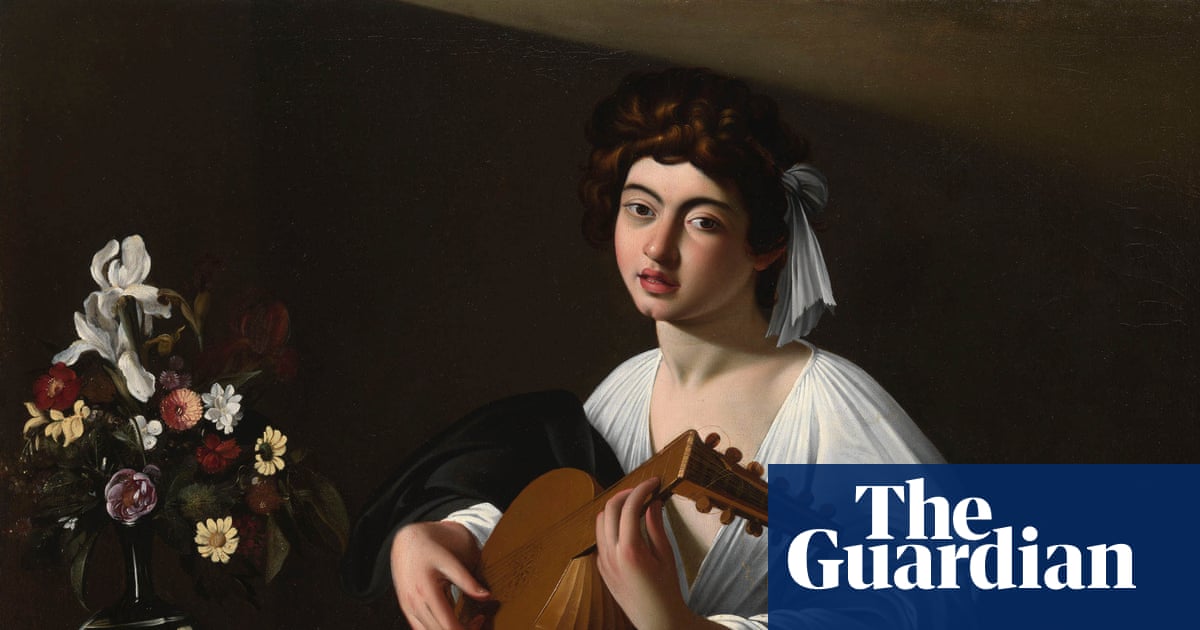
"Scientific analysis of The Lute Player, which was bought for Badminton House in Gloucestershire in the 18th century, has concluded that it is by Caravaggio, with a probability of 85.7%. Tests involving artificial intelligence showed a strong match with verified paintings. The study was conducted by Art Recognition, a Swiss specialist in authenticating artworks, collaborating on research with Liverpool University among others. Its head, Dr Carina Popovici, told the Guardian: Everything over 80% is very high."
"Michelangelo Merisi da Caravaggio is considered a revolutionary among artists, revered for his radical use of light and dark chiaroscuro and the realism of his compositions. Such is the rarity of his paintings that when one was discovered in 2019, it was valued at around 96m. But in 1969 Sotheby's sold the Badminton Lute Player as a copy after Caravaggio for 750. In 2001 it sold it as circle of Caravaggio for about 71,000."
"Clovis Whitfield, a specialist in Italian old masters, recognised its quality and the fact that it corresponded exactly with a description by Giovanni Baglione in his 1642 Caravaggio biography. Whitfield said: Baglione mentions minutely observed details such as the reflection on dew drops on the flowers. His Lute Player is one of three versions. An undisputed one is in the Hermitage in Russia, and another in which the lute player is a woman rather than a young man is in the Wildenstein collection."
Caravaggio remains one of the most revered western artists, with only a few dozen authenticated works surviving. Scientific analysis and artificial intelligence testing have attributed The Lute Player at Badminton House to Caravaggio with an 85.7% probability. The authentication study involved Art Recognition, a Swiss art-authentication specialist, collaborating with Liverpool University and others. Dr Carina Popovici described probabilities over 80% as very high. The painting had previously been sold and dismissed as a copy in 1969 and described as circle of Caravaggio in 2001 before being purchased by Clovis Whitfield, who linked it to Giovanni Baglione’s 1642 description. Three known versions of the composition exist, with an undisputed example in the Hermitage and another in the Wildenstein collection.
Read at www.theguardian.com
Unable to calculate read time
Collection
[
|
...
]